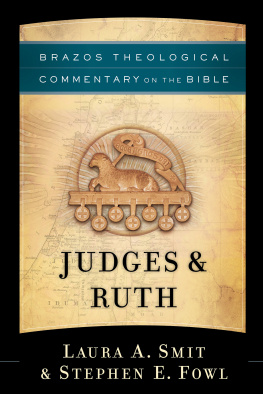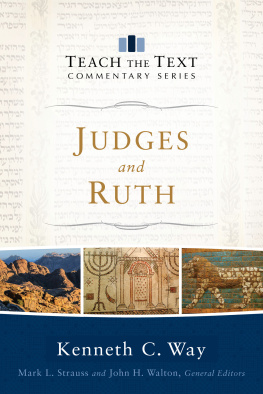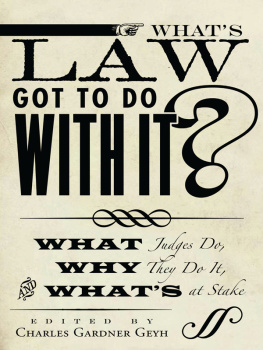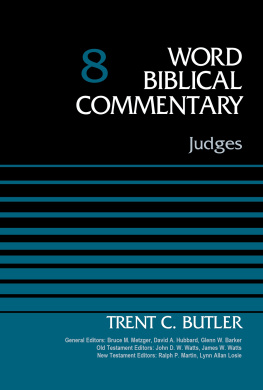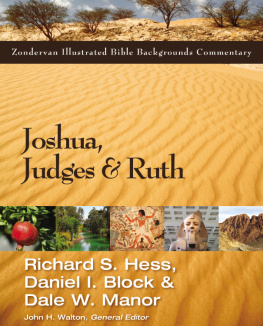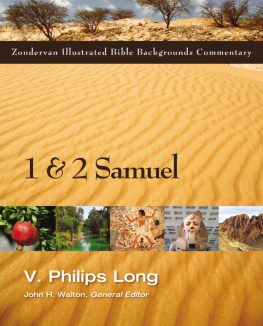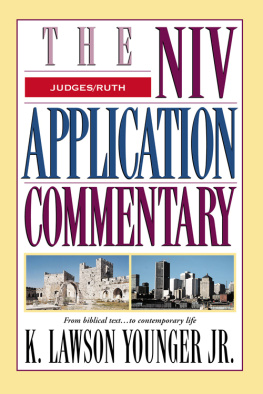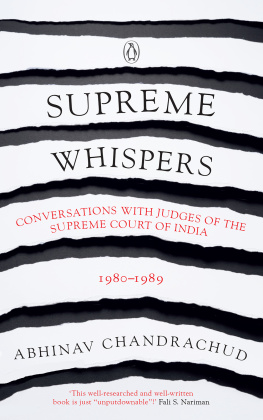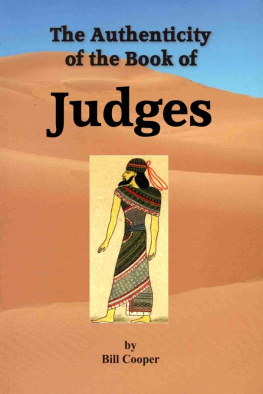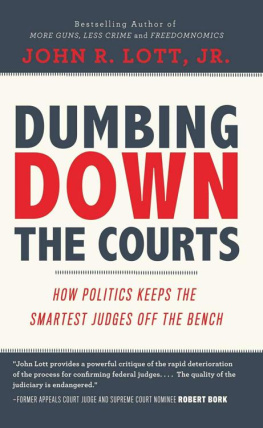ROUTLEDGE LIBRARY EDITIONS: ENGLISH CIVIL WAR
Volume 3
POLITICS AND THE BENCH
First published in 1971 by George Allen & Unwin Ltd.
This edition first published in 2021
by Routledge
2 Park Square, Milton Park, Abingdon, Oxon OX14 4RN
and by Routledge
52 Vanderbilt Avenue, New York, NY 10017
Routledge is an imprint of the Taylor & Francis Group, an informa business
1971 George Allen & Unwin Ltd.
All rights reserved. No part of this book may be reprinted or reproduced or utilised in any form or by any electronic, mechanical, or other means, now known or hereafter invented, including photocopying and recording, or in any information storage or retrieval system, without permission in writing from the publishers.
Trademark notice: Product or corporate names may be trademarks or registered trademarks, and are used only for identification and explanation without intent to infringe.
British Library Cataloguing in Publication Data
A catalogue record for this book is available from the British Library
ISBN: 978-0-367-60972-6 (Set)
ISBN: 978-1-00-310733-0 (Set) (ebk)
ISBN: 978-0-367-60974-0 (Volume 3) (hbk)
ISBN: 978-1-00-310274-8 (Volume 3) (ebk)
Publishers Note
The publisher has gone to great lengths to ensure the quality of this reprint but points out that some imperfections in the original copies may be apparent.
Disclaimer
The publisher has made every effort to trace copyright holders and would welcome correspondence from those they have been unable to trace.
POLITICS AND THE BENCH
The Judges and the Origins of the English Civil War
W. J. Jones
LONDON: GEORGE ALLEN & UNWIN LTD
NEW YORK: BARNES AND NOBLE INC
First published in 1971
This book is copyright under the Berne Convention. All rights are reserved. Apart from any fair dealing for the purpose of private study, research, criticism or review, as permitted under the Copyright Act, 1956, no part of this publication may be reproduced, stored in a retrieval system, or transmitted, in any form or by any means, electronic, electrical, chemical, mechanical, optical, photocopying, recording or otherwise, without the prior permission of the copyright owner. Enquiries should be addressed to the publishers.
George Allen & Unwin Ltd, 1971
BRITISH ISBN 0 04 942094 I cased
0 04 942095 x paper
U.S. ISBN 389 04512 8
Printed in Great Britain
in 10 point Plantin type
by Cox & Wyman Ltd,
London, Fakenham and Reading
TO RIYAD
The Long Parliaments hostility towards Councillors and bishops is well known. Appreciation of this phobia can become distorted unless it is realized that the Justices of the great central courts of common law were also assailed. They were the most significant group to be impeached in the early months, and the nature of their predicament would be even more apparent had not death removed some assumed culprits. This book attempts to sketch some of the background.
It is not a history of the law, of the legal profession, or of institutions. Students especially interested in the great cases or in particular policies and men should turn to other works. Indeed the familiarity of much of the material provided the author with his greatest literary problem; the historians worst conundrum, reminiscent of filling old bottles with new wine, is often provided not by his central theme but by the necessity of placing it in context. Early Stuart England represents a well-tramped field, but despite the value of recent studies our overall narrative impression is still partially dominated by the marriage of Clarendon and Rushworth achieved by S. R. Gardiner. There is so much that remains to be done on institutions, politics and procedures. The challenge and the prospects are exciting. Indeed it has always been rewarding to work amid a group of historians who are so ready to exchange information. Institutions are not separate entities, and so those who work with institutions recognize that others continually amend and supplement their own studies. In this little book, it should be evident that my greatest debt is to all the authors mentioned in the footnotes.
The crisis of the story comes with the meeting of the Long Parliament. This assembly, concerned with most grievances, found little time in the months before civil war to do much beyond eradicating or tackling immediate issues. Yet some of the most incisive stresses on the administrative structure of Early Stuart England were not particularly occasioned by the policies of Charles I. Their force is too often confused with the drama of his collapse. If asked to explain the point of this book, I would reply that it illustrates that point when legal Justification becomes politically unacceptable. There are, however, other themes. Early Stuart England is often described in terms of demarcation which would have been confusing to contemporaries. Historians, in consequence, have unconsciously employed terminologies which do not fit the situation.
The spelling of quotations has been modernized. In giving dates, I have used the Julian Calendar and I have begun the year from I January. Transcriptions of Crown copyright records in the Public Record Office appear by kind permission of the Controller of Her Majestys Stationery Office. Document 3 appears by permission of Lady Elizabeth de Villiers and the Council of the Royal Historical Society. I am grateful to the General Editor of this series for his advice and criticism. In respect of fellowships and assistance, I must acknowledge the interest of the Guggenheim Foundation and the Canada Council.
W.J.J.
University of Alberta
September 1970
1
Introduction
They begin to say in the town that the Judges have overthrown the law, and the bishops the gospel.
November 1640; cited S. R. Gardiner, History of England from the Accession of James I to the Outbreak of the Civil War, 16031642, London, 18871904, ix. 224.
IN the early months of the Long Parliament, a number of the central Justices were impeached. However, the basic charge of treason was not proved in a single case, and condemnations for crimes and misdemean-ours were only obtained before a rump House of Lords during the abnormal circumstances of civil war. Less deadly than the attack upon Laud and Strafford, the affair none the less deserves attention because it symbolizes the fate of an authority which carried reliance upon its legal rights, as demonstrated before the courts, to a level which was politically unacceptable. Contemporaries, however, did not think very far along these lines. Individual Judges were criticized rather than the law which they supervised, the procedures within which they operated, or the royal rights which they affirmed. Ship money and other measures were treated as illegal, rather than as legal but repulsive. Accusation was thus based upon the comfortable assumption that only individuals had failed. This enabled continued belief in the virtues of English law and partially accounts for the largely unchanged survival of the Justices of the central courts of common law.
The men elected in autumn 1640 at first tried desperately to conform with existing patterns of constitutional thought. They found inspiration in the example of Sir John Eliot, whose death in 1632 remained an angry memory. Eliot had conceived of a faultless ruler surrounded by advisers who were both good and bad. He believed that Parliament must denounce those men and policies which were harmful to King and kingdom.


